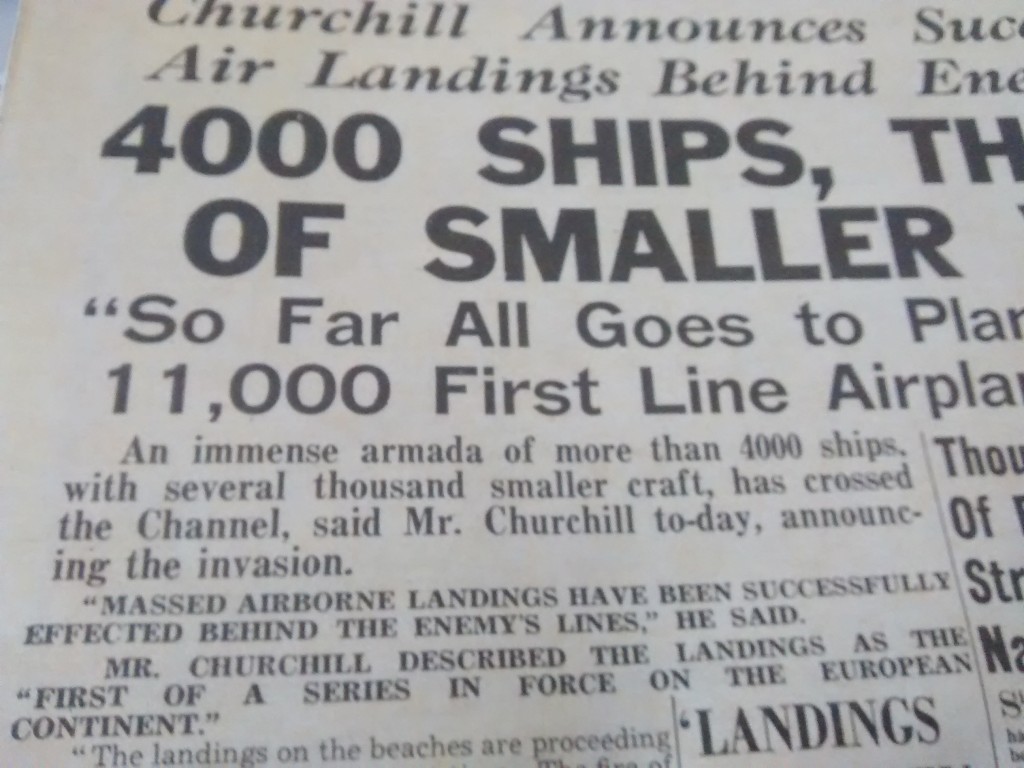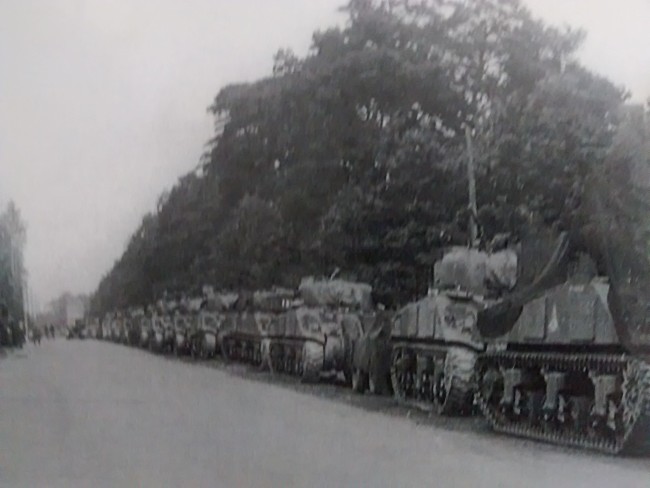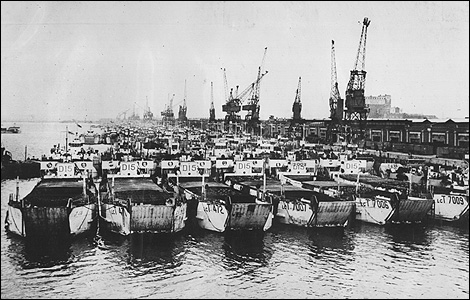D-Day from Liphook to Southwick and Southampton WW2
D-Day, from Liphook to Southwick and Southampton WW2 and of course not forgetting my home town Portsmouth, witnessed huge troop movements in the build-up to the ‘big day’ when Operation Neptune and Overlord would essentially seal the fate of the war. It was at least the beginning of the end. One year on from #DDAY70, it seems true that the years speed-up and go so much faster. Last year it was such a privilege to attend Portsmouth’s commemorations, understandably this year is more muted but it seems so central to Hampshire’s war experiences that particularly D-Day should not be forgotten. The great news is, the veteran’s of WW2 and all the conflicts since continue to gather against the odds. How many more generations will continue this tradition? There maybe some debate as to whether it’s time to move on but maybe not?
Well, we just might surprise ourselves. In the time since the remarkable events of June 2014, we have witnessed some pretty impressive public support for those that have paid that ultimate sacrifice. 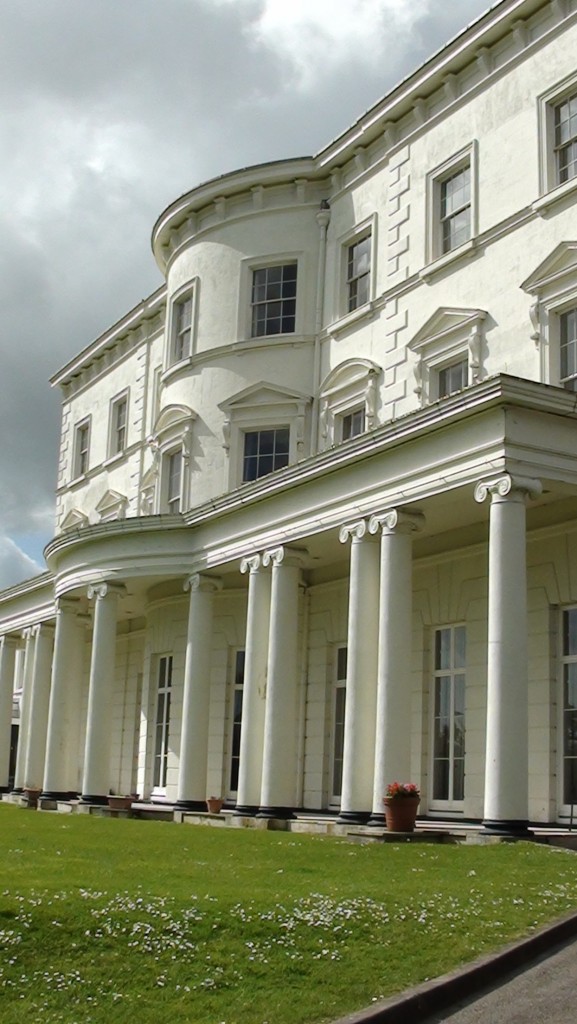 If you were lucky enough to witness the incredible sea of poppies at the Tower of London commemorating WW1 and then the recollection of eventual ‘Victory in Europe Day’ VE Day more recently, you will have seen young and old respectfully marking, admiring and learning about events many of us were lucky enough to not directly experience.
If you were lucky enough to witness the incredible sea of poppies at the Tower of London commemorating WW1 and then the recollection of eventual ‘Victory in Europe Day’ VE Day more recently, you will have seen young and old respectfully marking, admiring and learning about events many of us were lucky enough to not directly experience.
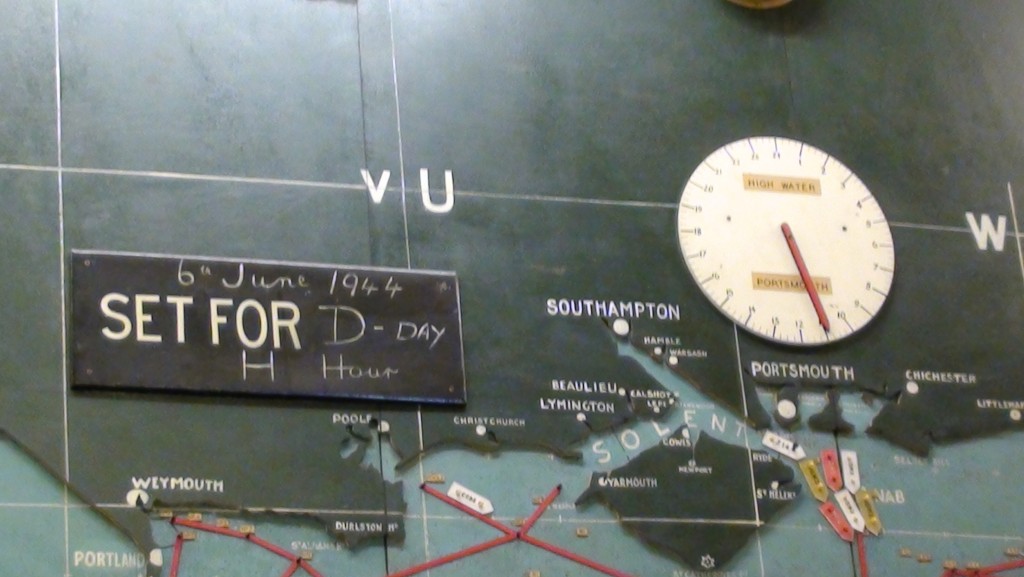
Southwick House HQ for Eisenhower and D-Day Planning, the original Maps and settings all still in place for 6th June 1944
Last year I was a bit overwhelmed by the direct experience and emotion of the events in Portsmouth centered around the War Memorial on Southsea Common and over in France and particularly the service at the D-Day Stone near the pier. It was almost too much to really be able to reflect at all on events.
Now maybe we can at least explore what it was like in Hampshire, as we learned a little of what was involved from the D-Day Conference at the excellent D-Day Museum, please support its ongoing activities and redevelopment programme. The good news is, that its funding proposals are progressing due to its excellent work being recognised and valued.
But for this post, at the risk of some indulgence but mostly because it is a first hand account of what it was like as the troops traversed across Hampshire, here is a piece that my late Mum wrote. Warts and all, it is as a short speech she gave at a special anniversary of the Women’s Institute of her recollections of D-Day.
I am more than aware and wary of the concerns about reliability of oral history but she was one of the last people I knew who was in England on D-Day itself. Our Mum and Dad remained, as so many of theirs and their parent’s generation, fervent patriots and fierce defenders of whatever it is to be British. They were also both born and bred in Hampshire, with my mother’s maternal name going back a few hundred years and very focused in Hampshire. But this is not just my Mum’s personal or family history, never fear. It is the recollections just of an average young girl in Hampshire during those difficult days of the war. I so often wish I had listened more carefully to what they all had to say. Over time, snippets of information that have come to light, make me realise that some of it was not only heart felt but had more of a factual base than I had once thought in respect of these events..
This is for all the families, simply a young Hampshire girl’s recollection of D-Day.
The detective work is ongoing but its not about my family, it is about all the families, its about all the men and women and the profound impact that war had on not only those at war but those left behind and doing all they could to keep the country going through tough times that would last long after the war. We may have been free but the economic consequences of that war are still being paid-off by the Chancellor today, together with the priceless sacrifice that so many gave that really can never be repaid.
Brief introduction to a Hampshire lass 13 at the time of D-Day
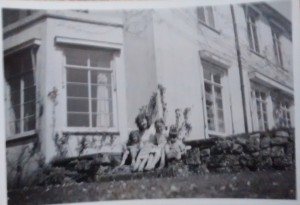
Thelma and her young cousins and sister aon the estate of Sir William Dupree her uncle’s employer. They lived there after the war and he D-Day recollections we believe were from staying in Liphook but we cannot be certain.
Thelma was born in 1931, she would have been just 8 when Britain went to war against the Nazi regime. By 1944 living through war with her widowed Mum and younger sister, Thelma was now approaching 13. There had not been a lot of time to be a child during those years, her Mum was driving an ambulance in Portsmouth during the blitz years and in between, to get away from the Bombing in Portsmouth a lot of time was spent in Liphook. Her Uncle was Chauffeur to Sir William Dupree and had a cottage on the estate. He was also serving during the war and I am not sure why he would have been in Liphook? He was still serving after the war, because he was awarded service medals from Palestine post 1945. Most leave was cancelled so what was he doing there, but was it that Uncle or one of the others? Anyway its the overall description not the family history that we are focusing on.
They appear to have welcomed the wider family during these difficult years and even after the war, when Thelma had met her future husband Peter, whom she knew from just 14, they spent the early post-war years largely living out of Liphook. Her Uncle was in the Army, as was his brother but as a Japanese POW, sadly he would not return home. He was missing for two years before his death in the camp was finally known to her aunt and family for certain. Her mother’s family home was in Portchester but as with all families, everybody helped one another where they could, whilst most of the men were away.
Wartime D-Day recollections a speech given on the anniversary of the Women’s Institute probably the Horndean Hampshire branch.
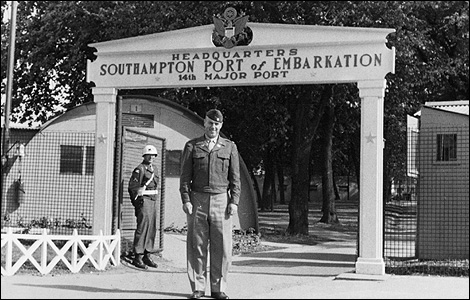
Troops were making their way whicha t this point in time was the largest Naval and Military base in the world, Southampon.
This speech was type-written on a PC by Thelma, later pic shows the printout, we don’t have the digital file, so it is re-typed below, in her own words. It must have been about 4th-5th June or maybe a little earlier. Troops had not as yet departed and it was public knowledge and reported in the papers as we will see later by the 6th June. We know for certain that the bad weather on the 5th June delayed the operation for 24 hours but the local population would have seen the huge troop movements and there is photographic evidence that military vehicles were massing right across Hampshire heading, for both Portsmouth and Southampton as points at which they would muster for Normandy. Many poor souls were, for security reasons, already in their landing craft and spent the whole day of the 5th June waiting for the all clear, deemed too much of a risk and logistics exercise to bring them all back ashore again. Here is Thelma’s recollection, in memory of all her generation and all those that battled on, abroad in Europe, the Far East and ‘soldiered-on’ at home.
“Somewhere in a Hampshire Village
The long summer days of 1944 stretched before us, children went to school when possible and most households carried on their daily routine in as normal a manner as the Luftwaffe allowed. Food was rationed and most housewives had learnt to stretch their rations by using more flour and ess eggs. However here was hope in the air that Great britain and her allies would soon free the peoples that had suffered at the hands of the German occupation.
In a small village on the South Coast there was an air of expectation that something “BIG” was afoot. No villager dared to voice an opinion and Mr. Winston Churchill was unusually reticent in voicing his opinion as to the next move the Allies would be undertaking and this helped to fuel the speculation.
Evening Standard reports the deeds of the day and the invasion by the Allies on the Normandy Beaches with a flotilla of some 4,000 ships imagine that making its way across the Channel.
My family household awoke to a rumbling noise and waited to hear the piercing wailing of the sirens that warned us to take to the air raid shelter because Gerry was about to bomb us yet again. However, minutes passed and no siren sounded. Still the rumbling continued and through the bedroom windows, open due to the humid summer night, the ‘distinct’ smell of tar pervaded. My Grandmother (her mother’s mother) exclaimed – ” i can smell burning tar and that droning noise could be vehicles on the Southampton Road’ my Uncle replied ” this could be it!” We learnt early the next day that troops were on the move, we assumed bound to converge on Southampton. A smoke screen had been sent up to camouflage the troop movements and hence the pungent smell of tar we had all experienced. On reflection it must have worked as I recall no bombing of these valiant convoys.
During this eventful period, that seemed so prolonged to an eleven year old girl (her age must be wrong here because born 1931 she would have been 13 in the September of 1944) dark faced soldiers in camouflaged battledress streaming past my village became a familiar sight.
My family and many others baked large chunks of bread pudding and poured endless cups of tea to keep the boys rolling. They accepted our frugal offerings with cheeky smiles and I received many a kiss on the cheek from our brave warriors, often not much more than boys themselves.
How many of that fighting force returned to these shores? I do not know but I do know that we should never forget that they fought for our right to be free and this should never be taken for granted. The smell of burning tar will always transport me in memory back to those long hot days when convoy after convoy slowly and deliberately moved through Hampshire on a quest that changed the future for me and my generation with hope for a free world.”
This speech was published in a WI publication, we have a copy somewhere, for me it sums up their generation, even those that did not fight and were young during those years, grew-up knowing just how precious our freedom was and is. Sometimes it feels like we have ad it too easy by comparison. We believe this was Liphook and years after our Mum had passed on we have found anecdotal evidence particularly with documentaries and photos published during D-Day 70 , 2014 that support the likelihood that something not that different to her words was happening right across the South Coast, particularly with the camps and maps that show the huge build-up as the convoys moved towards the coast for embarkation.
D-Day Notes about Troops and Events from Liphook, to Southwick Portsmouth and Southampton
Some points to ponder and research further re Troop movements in the build-up across Hampshire for D-Day:
- D-Day Museum has WW2 Maps that show the locations and density of Troop Movements. They illustrate that these were mass movements and sustained voer a number of days, not just on D-Day but afterwards as well.
- Bordon was a large nearby Military base in terms of local troops, the Lower Oakhanger Camp was located in Station Road, it was used by the Canadians until D-Day, after which it became a German POW camp. Bordon continued as a military base after the war.
- Troop movement were not just from local troops but from far and wide as they moved towards the secure areas, which in the Portsmouth approach extended as far back as Horndean. My parents had described tanks lined-up along the road even through Horndean. I wondered if that was an exaggeration but photographs now published prove that it was not.
- Droxford was important and in the build-up Montgomery addressed the troops there as our series shows here.
- Southwick the critical base on the Southwick Estate where D-Day was planned and controlled from. If you get chance go see the map Room its a remarkable artefact and the Map board is exactly as it was, with all the pieces in place.
D-Day Collection More to follow Here
[soliloquy slug=”D-Day-WW2″]
Thanks for taking the time to look at our site and project and this post is dedicated to not just my family but all the families and troops who stood together both at home and in combat to give us the chance of making a better world. We have not made a great job of it but having come this far and knowing how much a peaceful Europe mattered so much to them, let’s hope it remains so. Too much blood-spilt and hearts broken in this and subsequent conflicts, when will we ever learn?
But all th
e time we have the D-Day Museum, the great folks that help us learn about what happened and what it cost in human endeavour we can only hope eventually we will. With these mighty events remembered, a 100 years since WW1 and 70 plus years since WW2 let’s not only be patriotic, let’s try and do it better going forward, at least better than we have done before. Here is to family and all your loved ones on this the 6th June 2015.


